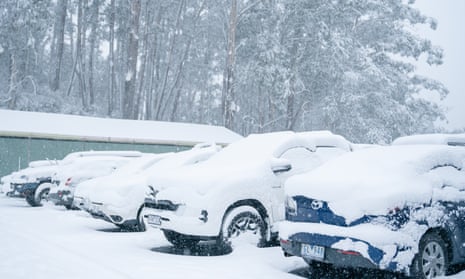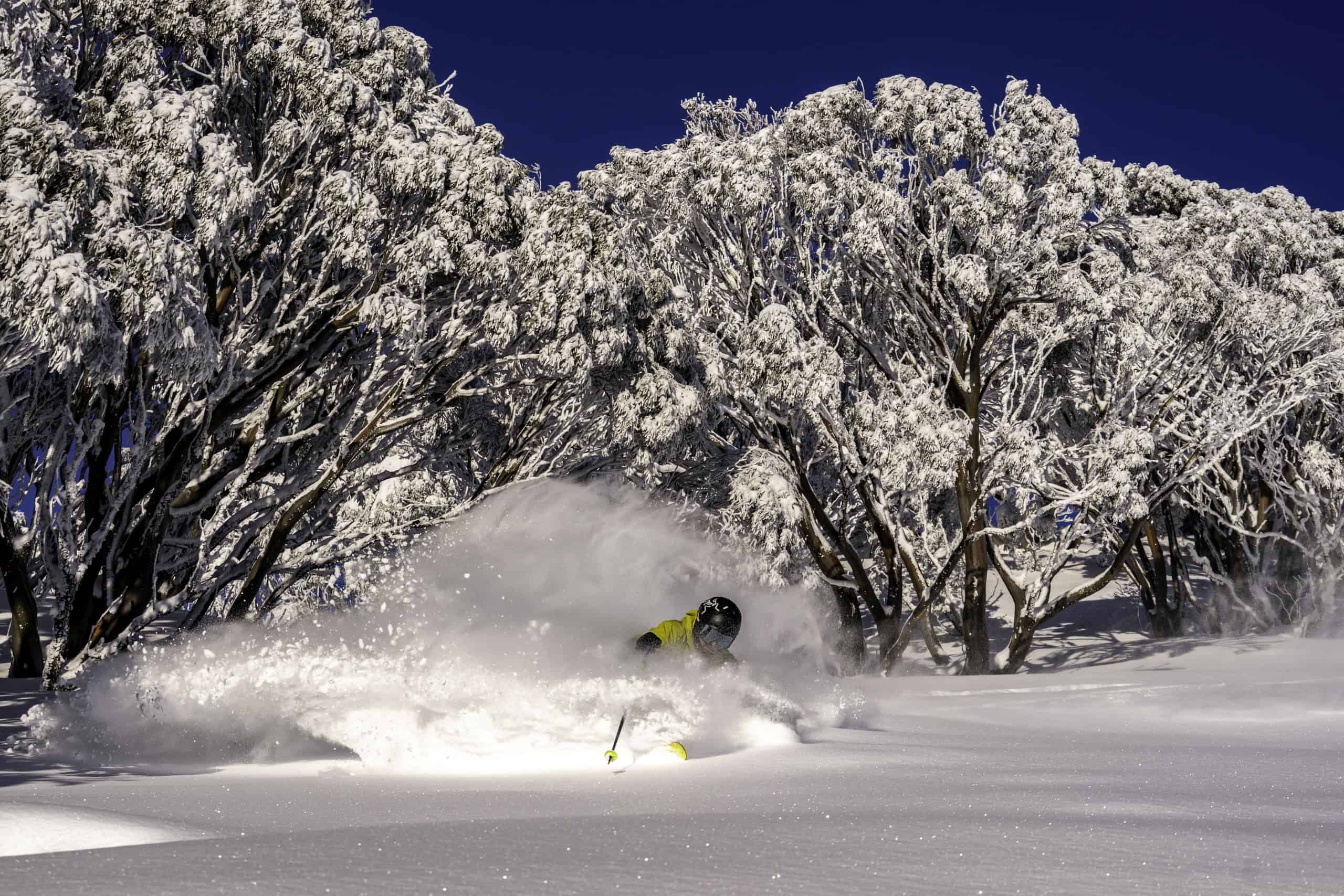Discover the Fascination Behind Snow In Australia and Its Mountainous Areas
Wiki Article
Discover the Remarkable Results of Snow in Australia on Regional Ecological Communities
Despite its reputation for sun-soaked landscapes, Australia additionally boasts areas blanketed by snow-- a sensation that greatly affects the nation's one-of-a-kind environments. The insulating residential or commercial properties of snows shield plants and animals amidst the coldest winters, while the melting snow supports rivers and aquatic life.The Unforeseen Areas of Snowfall in Australia
Although Australia is commonly connected with sandy beaches and sun-scorched landscapes, particular regions surprisingly experience snowfall. The high nation areas of New South Wales, Victoria, and Tasmania are particularly understood for their winter months snow. The Snowy Mountains in NSW, for circumstances, obtain abundant seasonal snow, supplying a stark comparison to the nation's common hot, arid climate. The Victorian Alps and components of Tasmania additionally see annual snowfalls, transforming the landscape into a winter months paradise. These locations are not just anomalies however important parts of Australia's varied climate system. The visibility of snow in these regions considerably affects neighborhood ecosystems, consequently impacting the country's unique biodiversity. Nevertheless, the particular effect on Australia's unique plants will be gone over in the following section.
How Snow Impacts Australia's Distinct Vegetation
While it may seem uncommon, snowfall in Australia plays a vital function in forming the nation's unique flora. The snow-filled wintertimes foster strength in Australian plant varieties. This is particularly apparent in the alpine and sub-alpine regions, where snow periodontals and hill plum-pines grow. These plants have actually evolved to make it through in extreme conditions, with snow acting as a safety covering from severe winds and freezing temperatures. The snow also contributes to the moisture content of the soil, providing necessary hydration for plant throughout the completely dry summertime. Basically, the snow affects the timing of blooming and seed dispersal, the development prices, and the survival of lots of plant types, showcasing the elaborate interaction between environment and vegetation in Australia.
The Adjustments of Australian Animal to Snowfall
Simply as Australia's vegetation has actually adjusted to the wintery conditions, the regional fauna too, exhibit amazing adaptations to the snowfall. Species like the Mountain Pygmy-possum, the only Australian marsupial recognized to hibernate, have actually progressed methods to endure in snowy atmospheres. It utilizes the snow as insulation, hibernating in rock crevices beneath the snow to remain cozy. The Snow Skink, a types of lizard, changes its colour to white throughout winter, providing camouflage versus killers. Birds such as the Snowy Mountains' Crimson Rosella additionally readjust their diets to eat offered food sources throughout colder periods. Hence, despite the extreme problems, Australian animals demonstrates a durable and adaptive nature, ensuring their survival in regions experiencing snowfall.The Function of Snow in Shaping Regional Communities
Fit the regional ecological communities, the function of snow in Australia is both multilayered and profound. It influences the distribution of plants and animals, mostly specifying the biodiversity of sub-alpine and alpine areas. Snow provides an important water source, feeding rivers and storage tanks as it melts, therefore sustaining a variety of marine life types. In addition, snow serves as an insulator, securing ground-dwelling microorganisms from extreme cold. Likewise, it plays a substantial role in soil development and nutrient biking. The routine freezing and thawing of dirt induced by snowfall fosters the failure of rocks, enhancing soil fertility. The existence of snow Snow In Australia forms the plant life patterns, pet actions, and overall sustainability of Australia's distinct communities.
The Future of Snowfall in Australia: Forecasts and Ramifications

Given the critical function snow plays in shaping neighborhood ecological communities, the future of snowfall in Australia is attracting boosting interest from environmentalists and scientists. Present environment models forecast a significant decline in snowfall as a result of international warming, with potentially profound effect on regional communities. Much less snow can lead to lowered water availability in towering regions, detrimentally impacting wild animals environments and plant. Additionally, it can modify the timing of seasonal changes, interfering with the life process of lots of native varieties. The tourism sector, greatly reliant on the wintertime snow season, might also deal with significant challenges. Understanding these forecasts and their ramifications is critical to establish efficient preservation techniques, guaranteeing the preservation of Australia's distinct biodiversity and the sustainability of its economy.
Verdict
The role of snow in Australia's ecological communities is critical yet often ignored. Hence, the snow in Australia is much more than an all-natural spectacle; it's a crucial gamer in the country's environmental story.Despite its track record for sun-soaked landscapes, Australia also boasts areas buried by snow-- a phenomenon that profoundly influences the country's one-of-a-kind communities. It makes use of the snow as insulation, hibernating in rock holes beneath the snow to remain cozy - Snow In Australia.In shaping the regional environments, the function of snow in Australia is both multilayered and profound. The presence of snow shapes the plants patterns, animal habits, and overall sustainability of Australia's unique communities
Offered the crucial duty snow plays in shaping regional ecological communities, the future of snowfall in Australia is attracting raising focus from conservationists and scientists.
Report this wiki page